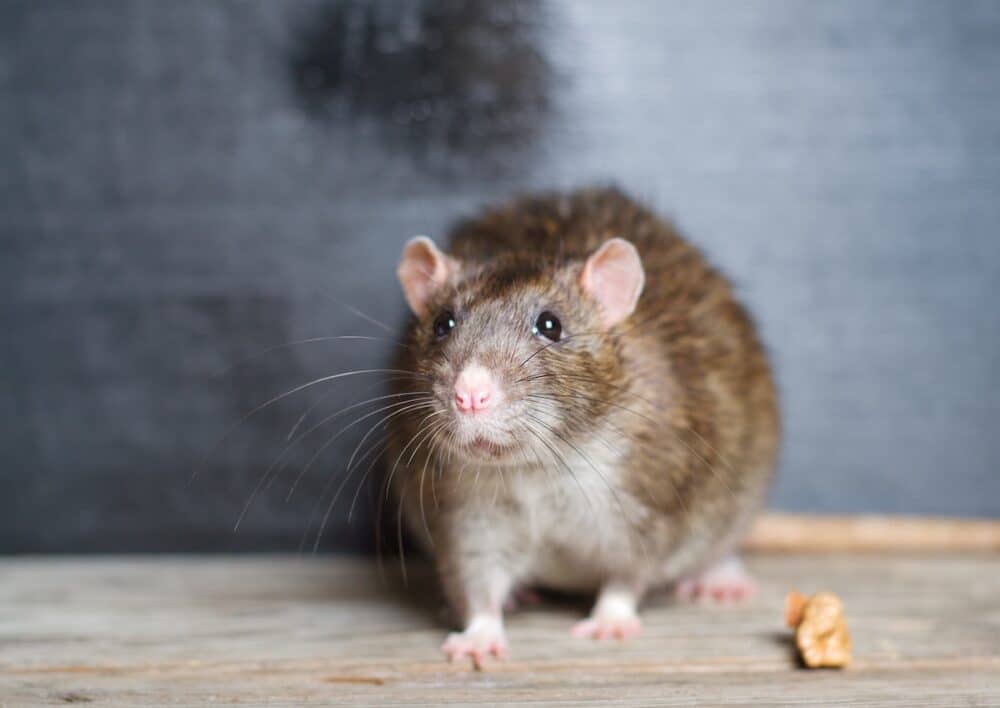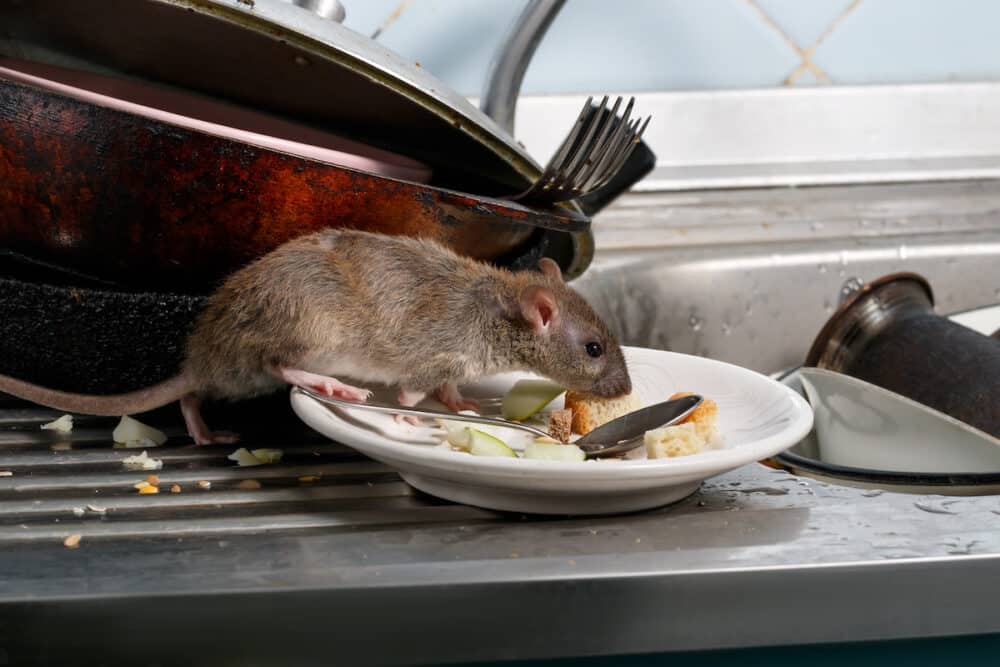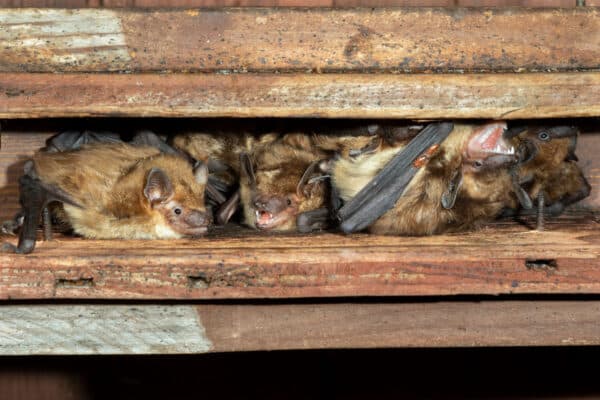
Rats and mice can quickly turn a comfortable home into a place of stress and health hazards. These pests are not only destructive but also carry diseases that can affect your family and pets. Identifying the signs of a rodent infestation early on can help prevent severe damage to your property and keep your household safe. At Covenant Wildlife, we’re committed to helping you recognize the signs of a potential rat or mouse infestation so that you can act quickly to protect your home.
1. Droppings
One of the most telltale signs of a rodent infestation is the presence of droppings. Rodent droppings are small, pellet-shaped, and dark brown or black. Here’s what to look for:
- Rat Droppings: These tend to be larger (up to ¾ inch), with a blunt shape.
- Mouse Droppings: Smaller in size, around ¼ inch long, and usually pointed at the ends.
Check areas where rodents are likely to frequent, such as along walls, in cupboards, under sinks, or behind furniture. Fresh droppings are usually dark and moist, while older droppings turn dry and brittle over time.

2. Gnaw Marks
Rodents have strong teeth that grow continuously, which compels them to gnaw on various materials. This behavior allows them to access food sources and create nesting areas in your home.
- Chewed Wires and Cables: Rodents often chew on electrical wiring, which not only damages appliances but also poses a fire risk.
- Damaged Woodwork: Check for gnaw marks on furniture, door frames, baseboards, and cabinets.
- Food Packaging: Look for small, shredded openings in food packaging. Rats and mice can chew through plastic, cardboard, and other materials to access food.
3. Nests
Rodents build nests in secluded areas, using materials like shredded paper, fabric, and insulation. Common nesting sites include:
- Wall Cavities: Rodents can burrow into walls to build their nests.
- Attics and Basements: These quiet areas offer ample materials for nesting.
- Under Cabinets and Appliances: Small, hidden spaces in kitchens are ideal spots for rodents to establish nests, especially if they’re close to food sources.
If you find a collection of shredded materials in any of these areas, it’s a strong indication of a rodent presence.
4. Noises in the Walls and Ceilings
Rats and mice are nocturnal animals, meaning they are more active at night. If you hear scratching, scurrying, or squeaking sounds in the walls, ceilings, or attic, you likely have rodents in your home.
- Scratching Noises: Rodents tend to make scratching noises as they move through walls and climb on surfaces.
- Squeaks and Chirps: While mice are generally quiet, they may make squeaking sounds if they feel threatened or communicate with other mice.
- Thumping or Running Sounds: Rats, being larger, may make more noticeable sounds as they move across surfaces.
5. Grease Marks and Smudges
As rodents travel along walls, they often leave behind greasy marks. This residue comes from the oils in their fur and builds up over time as they follow the same routes.
- Dark Smudge Marks: Look for greasy smudges along baseboards, on walls, and around entry points. These trails indicate the rodents’ regular paths.
- Body Grease Stains: The oils in their fur can also leave stains on wood, concrete, and other surfaces they frequent.
6. Footprints and Tail Marks
If you suspect an infestation, a quick way to confirm it is to look for rodent tracks in dusty areas or use a flashlight to spot tiny footprints and tail marks.
- Footprints: Rats and mice leave small paw prints that may be visible in dust on shelves, counters, or floors.
- Tail Marks: A line in the dust between sets of footprints often indicates the tail dragging along behind them.
To confirm, you can sprinkle a small amount of flour in suspected areas and check for tracks the following day.
7. Strong, Musky Odor
Rodents tend to produce a strong, musky odor, especially when their droppings and urine accumulate in confined spaces. The smell may become more noticeable as the infestation grows.
- Urine Odor: Mouse urine, in particular, has a distinct ammonia-like smell that becomes stronger over time.
- Decaying Odor: If a rodent dies within the walls or under floorboards, it can emit a foul, decaying odor that lingers for weeks.
If you notice any unpleasant smells that seem out of place, it’s a good idea to inspect for other signs of an infestation.
8. Pet Behavior Changes
Pets like cats and dogs can often detect rodents before humans do. They may show increased interest in particular areas, such as scratching at walls or sniffing around cupboards.
- Increased Curiosity: Your pet may become unusually focused on a spot, indicating they hear or smell something unfamiliar.
- Pawing or Scratching: Pets may scratch at floorboards, cabinets, or under appliances where rodents are hiding.
- Alert Posture: Cats and dogs may stare or position themselves near places where they sense rodent activity.
If your pet starts exhibiting these behaviors, it’s worth investigating for any signs of a rodent infestation.
9. Holes and Gaps
Rats and mice can enter homes through surprisingly small openings. Check your home for newly created holes or widened cracks, which may indicate rodent activity.
- Small Holes in Walls or Floors: Mice can fit through holes the size of a dime, while rats need an opening about the size of a quarter.
- Gaps Near Pipes and Vents: Rodents often enter homes through gaps around pipes, dryer vents, or utility lines.
- Chewed Openings: Look for signs of gnawing around holes and gaps, as this is a common way for rodents to enlarge openings to enter or exit.

10. Evidence of Burrowing in the Yard
If you notice burrows or freshly dug soil around your home’s foundation, this could indicate that rodents are nesting nearby and may eventually make their way indoors.
- Burrows near the Foundation: Rats often dig burrows close to the home’s exterior, near food sources or shelter.
- Damaged Plants or Soil: Rodents may dig up soil around plants or cause damage to garden areas as they search for food.
Regularly check around the foundation of your home for burrows or signs of digging.
Why Rodents are Dangerous to Have in Your Home
Rodents are more than just a nuisance—they can pose significant health risks and cause considerable property damage:
- Health Risks: Rodents carry diseases like Hantavirus, Salmonella, and Leptospirosis, which can be transmitted through droppings, urine, and bites.
- Contaminated Food: Rodents often get into food supplies, contaminating them with bacteria and parasites.
- Property Damage: Rats and mice can chew through walls, furniture, and even electrical wiring, which can lead to fires.
What to Do If You Suspect an Infestation
If you notice any of the signs above, it’s essential to act quickly. Here are a few steps to take if you suspect you have a rat or mouse infestation:
- Identify and Seal Entry Points: Seal any gaps, cracks, or holes in walls, floors, and foundations to prevent rodents from entering.
- Set Traps or Baits: Use rodent traps in high-activity areas. Be sure to keep these away from children and pets.
- Clean Up Food Sources: Store food in sealed containers, clean up spills immediately, and remove clutter where rodents can hide or nest.
- Contact a Professional: For larger infestations, it’s best to contact a pest control expert who can safely and effectively remove rodents and prevent future issues.
At Covenant Wildlife, we specialize in rodent control and exclusion to help you maintain a safe, pest-free home. If you think you have a rodent problem, reach out to us for a thorough inspection and personalized solutions. By addressing an infestation early, you can prevent costly damage and protect your family’s health.



